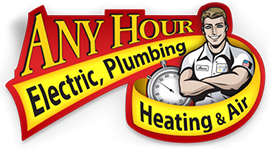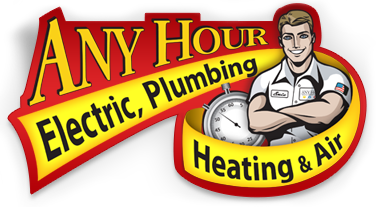Get to Know Your Air Conditioner
Have you ever wondered how an air conditioner works? Well, you’re not the only one. In this video, we’ll tell you the 11 things you need to know about the inner workings of your A/C. Whether you’re a new homeowner or you’ve been in your home for years, the more you understand, the better. We’ve broken your air conditioning system down into 3 main parts: the outdoor unit (also know as the condensing unit), the indoor unit, and the living space. We’ll begin by talking about the outside unit.
Even though styles differ between brands and models, most systems will look and operate in basically the same ways to cool your home. This is not meant to be a comprehensive technical guide including intricate components of your air conditioning system but rather an easy-to-understand video for the average homeowner.
This blog post teaches you about how your air conditioner works. For information about air conditioner maintenance that you can do, click here.
COMPONENTS - OUTDOOR UNIT
- FAN
- CONDENSER COILS
- COMPRESSOR
- REFRIGERANT
COMPONENTS - INDOOR UNIT
- BLOWER MOTOR
- EVAPORATOR COILS
- CIRCUIT BOARD
- FILTER (Your filter might be on the side or on the top, inspect your furnace/air conditioning unit to locate it.)
COMPONENTS - LIVING SPACE
- THERMOSTAT
- SUPPLY VENTS
- RETURN AIR VENTS
So how do air conditioners work? There are many moving parts and pieces--even more than than we will address here--but we'll cover the basic parts for you. And each one of these elements need to be working together in order to get cool air for your home.
The process all starts when the temperature in the room rises. The thermostat sends a signal to the circuit board calling for cold air. The circuit board then turns on the blower motor in the house while turning the compressor and fan on outside.
The compressor acts like a pump, sending the refrigerant back and forth from the outside condenser coil to the evaporator coil inside. As it flows back and forth, back and forth, it helps to remove warm, moist air from inside the house.
Meanwhile, air is circulating through the house. The hot air in the room is drawn through the return air vents and blown across the evaporator coils. The next step is important: at this point, cold refrigerant is being pumped through lots of little tubes woven through the evaporator coils...remember, that’s the compressor outside. As hot air from the house is blown across the evaporator coils, the heat and moisture are removed and what you’re left with is cold air.
The cold air is blown through the ductwork that runs throughout the house and comes out the supply vents. The air warms up and is drawn back in through the return air vents and the process repeats itself again, until the room is cool enough that the thermostat sends a signal to stop--at least until the room heats up again. And that’s how an air conditioner works.
Now these 11 components are designed to work together. If even one of them stops working, you could experience a variety of problems that would result in a loss of cold air. And nobody wants that in the middle of the summer! To avoid unexpected breakdowns, there is some simple maintenance you can do, on your own, to help keep your air conditioner running as smooth as possible all summer long.
If you ever find yourself with an air conditioner that isn’t working, be careful of how much you attempt on your own. It’s easy to get in over your head and do more damage than good. There are a lot of moving parts and pieces and it’s always good to have a certified, experienced HVAC technician come out and take a look at your system. He’ll have all the proper tools and experience to be able to diagnose and fix the problem right the first time.
If you'd like information about air conditioner maintenance that you can do, click here.
Other helpful articles:
- Why Turn on Your AC Before You Need It
- Spring Maintenance Tips Your Home is Asking For
- Improving Your Air Quality
- Reasons to Replace Your Furnace & AC at the Same Time
🎙️ Listen to Our Podcast - In the House
🎥 Watch our VLOG - Along For The Ride
Author: Amber Smith-Johnson
Copyright © 2021 by Any Hour Services
Apr 27th 2022

